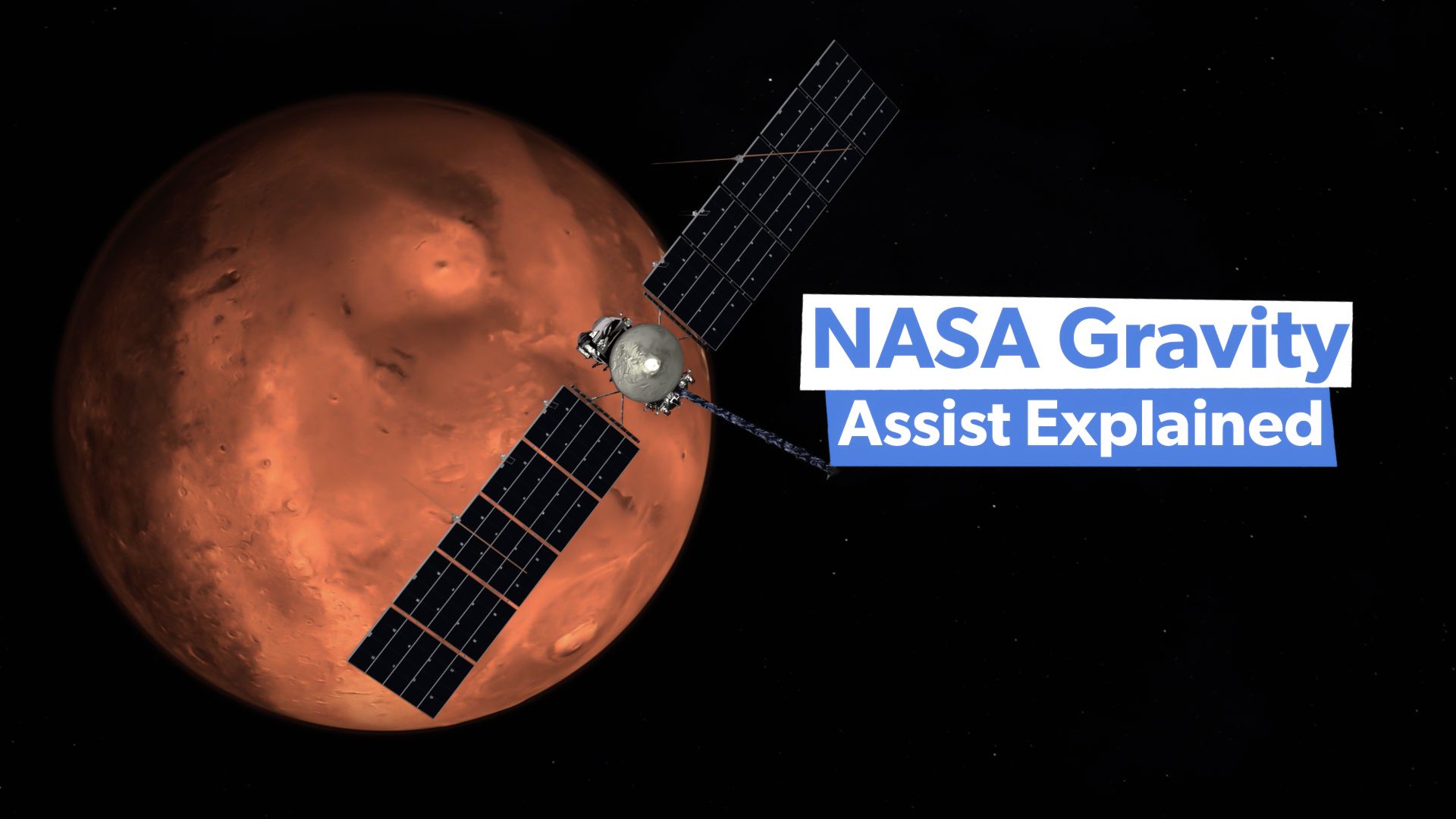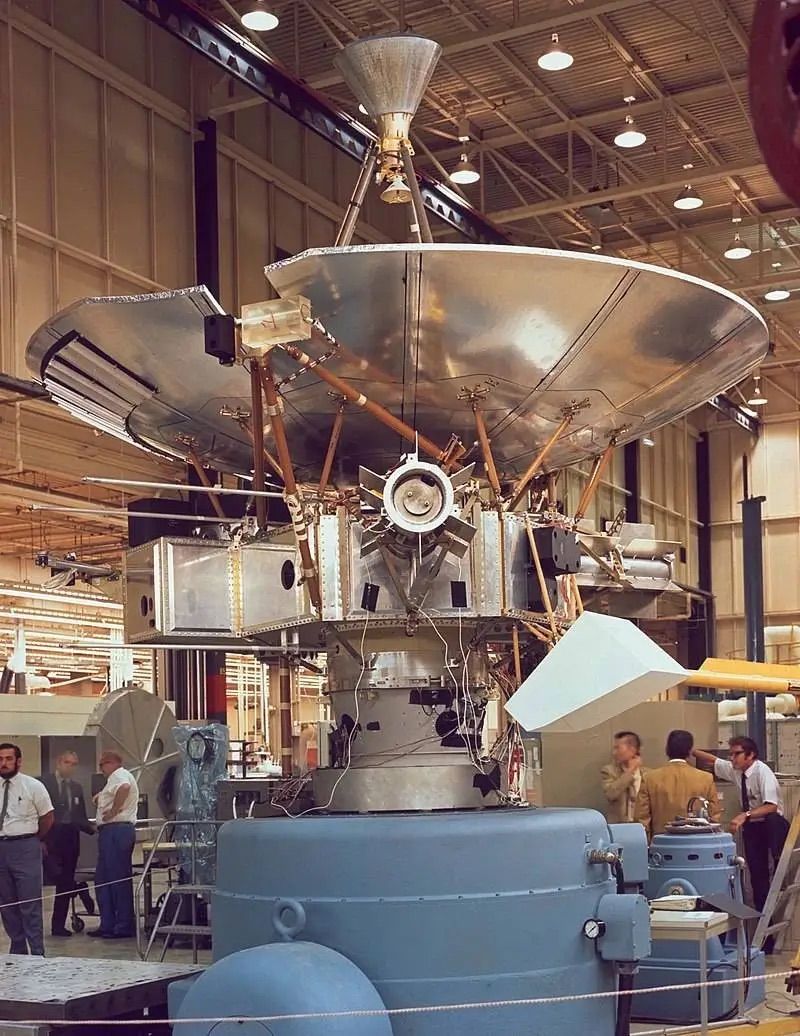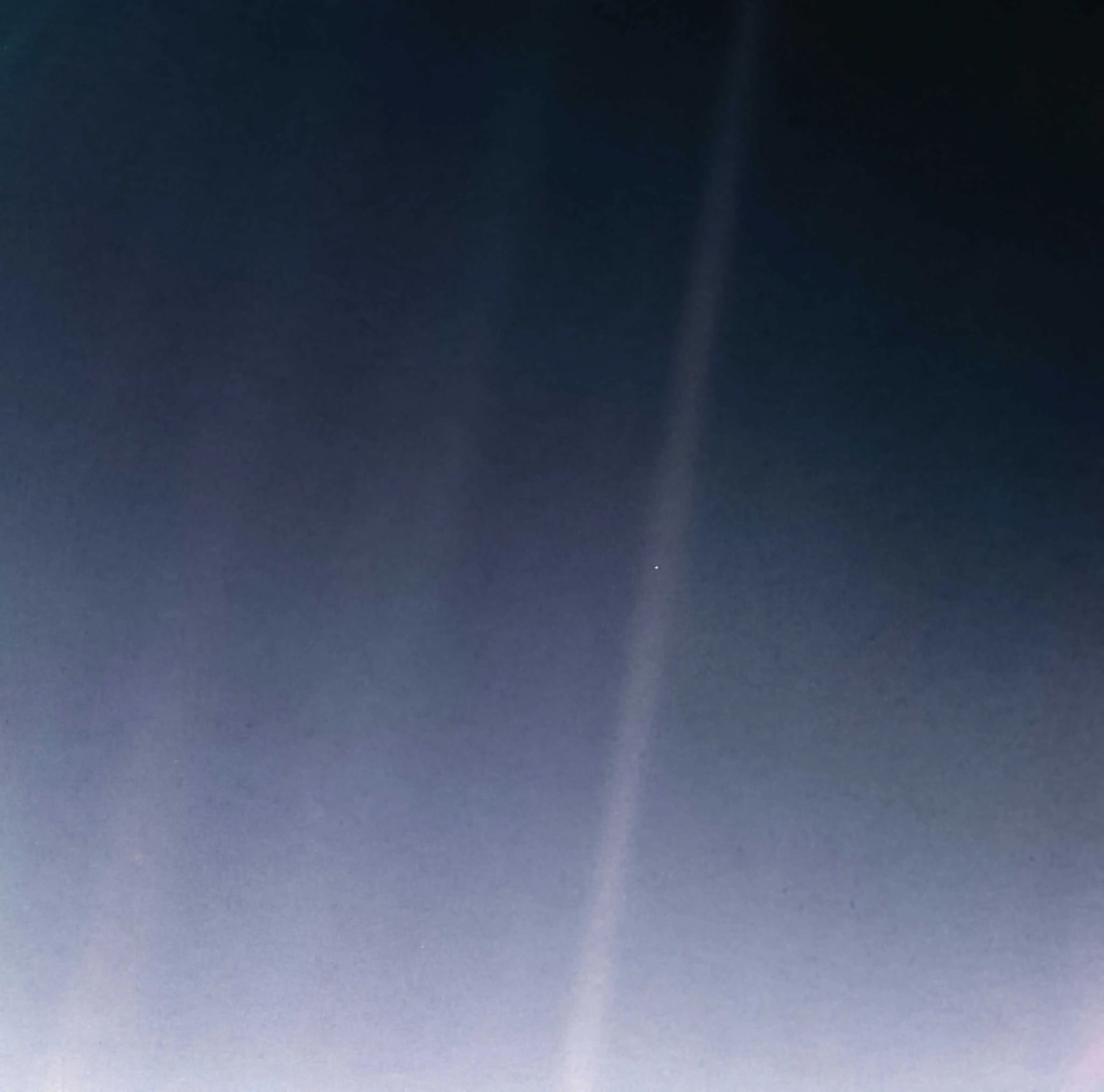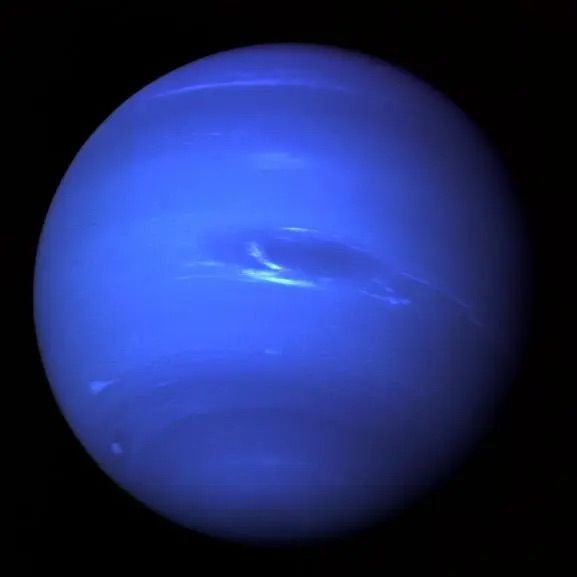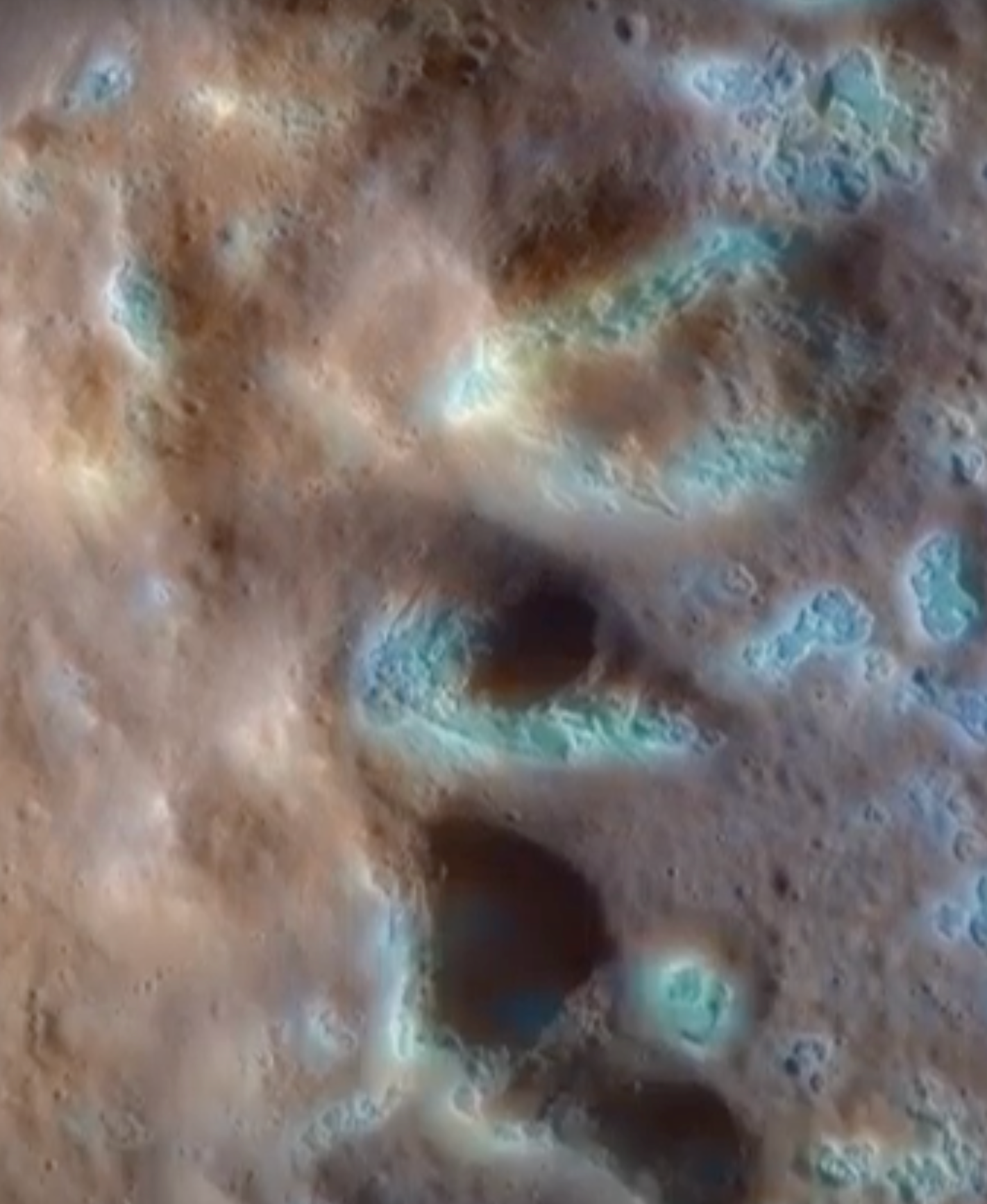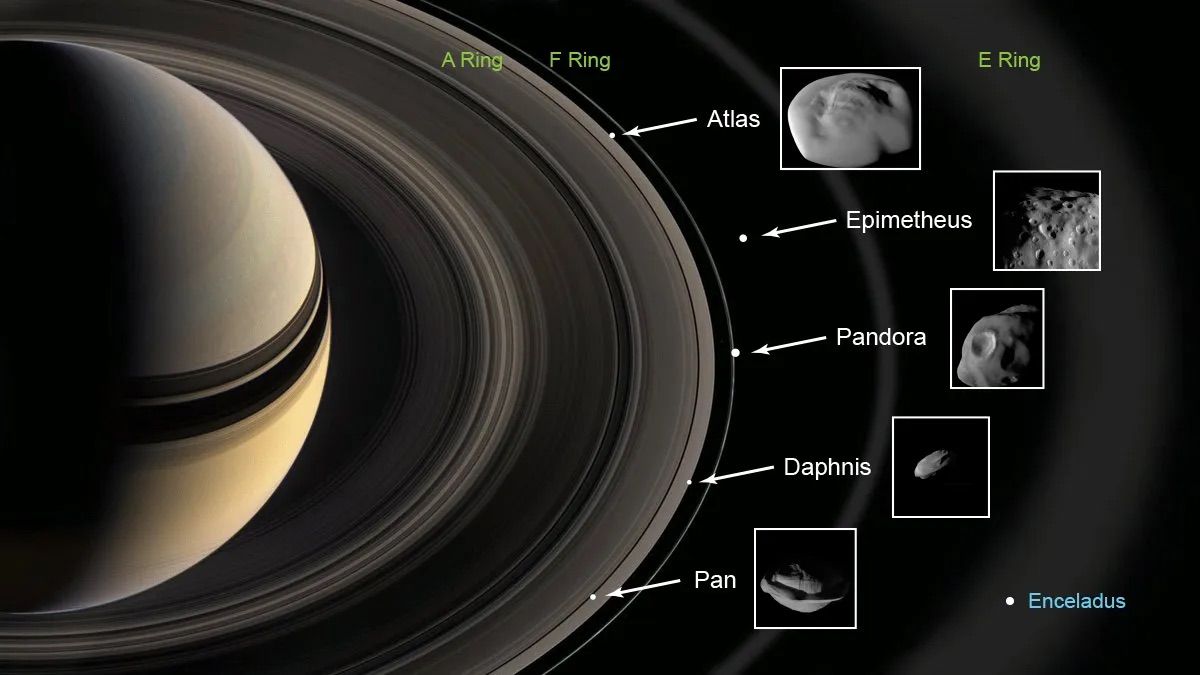On October 10, 2024, NASA’s Europa Clipper is scheduled to begin its long voyage from Kennedy Space Center in Florida toward Jupiter, where it will enter the Gas Giant’s orbit in April 2030. The spacecraft’s intriguing mission is to find out if life could exist on the Jovian moon of Europa. To arrive at its destination roughly 390 million miles away, the Europa Clipper will be launched by SpaceX’s Falcon Heavy rocket.
Upon separation just over an hour after liftoff, the spacecraft will rely on its meticulously designed propulsion system consisting of 24 engines and nearly 6,000 lbs (2,750 kg) of fuel and propellant. However, for the Europa Clipper to reach Jupiter’s orbit as planned, it will rely on one more thing – gravity assists from Earth and Mars.
What is a gravity assist maneuver?
A critical element of spacecraft design and mission planning is maximizing propulsion system efficiency, particularly for more ambitious missions. To accomplish this, NASA employs gravity assists, also known as a gravitational slingshot or flyby. A gravity assist is a space navigation technique used to accelerate (or decelerate) and redirect a spacecraft by leveraging the gravitational pull and orbital momentum of a planet orbiting the Sun. Gravity assist achieves three key objectives:
- Increase or Decrease Speed: It allows spacecraft to gain or lose significant speed without expending additional fuel, a critical consideration for long-distance space missions.
- Change Trajectory: Gravity assists can help change a spacecraft’s trajectory, enabling it to reach targets that would otherwise be difficult to access. This provides greater flexibility when planning missions.
- Fuel Efficiency: Gravity assists provide an effective means of reserving fuel, reducing the overall cost and weight of the spacecraft and its propulsion systems.
How does a gravity assist work?
Every planet in our solar system has a unique orbital speed as it travels around the Sun. When a spacecraft approaches a planet in orbit, it’s pulled into the planet’s gravitational field, changing trajectory and increasingly gaining speed as it nears the planet. As the spacecraft flies past the planet and exits its gravitational field, the energy from the planet’s gravitational pull is lost, but the spacecraft receives a speed boost from the planet’s orbital momentum.
A spacecraft can further maximize a gravity assist by employing a technique known as the Oberth maneuver, or powered flyby, in which the spacecraft fires its engines while exploiting the planet’s orbital momentum. The short video below depicts the Mars gravity assist planned for the Europa Clipper.
To help visualize this phenomenon, imagine you are rolling on a skateboard toward a city roundabout. As a vehicle comes around, you grab onto its bumper and hold on through three-quarters of the roundabout, then let go. You are now propelled faster and in a different direction than before without exerting any additional energy.
To simulate an Oberth maneuver, you would maximize the vehicle’s speed boost by pushing off the ground with your foot after letting go of the bumper. Similarly, spacecraft “grab onto” a planet’s gravitational field as it orbits the Sun, then “let go” at a predetermined point. As the spacecraft exits the planet’s gravitational field, it is propelled in a new direction with increased velocity provided by the planet’s orbital momentum.
What was the first spacecraft to use gravity assist?
Of course, the Europa Clipper isn’t the first spacecraft to use gravity assist. That title belongs to the Soviet Luna 3, launched in 1959 to study Earth’s moon. Below left, a model of Luna 3 built to scale. A flyby across the moon altered Luna 3’s trajectory enough to pass over Earth’s Northern Hemisphere. During this time, the spacecraft transmitted never-before-seen images of the far side of the Moon (below right) to Soviet ground stations.
The first spacecraft to perform an interplanetary gravity assist was NASA’s Pioneer 10, launched in 1972. Pioneer 10, shown below during assembly, was the first spacecraft to negotiate the asteroid belt and make a close approach to Jupiter. Its mission was primarily to study the planet and its environment, but it also laid the groundwork for future deep-space exploration.
Photo: NASA
Jupiter’s powerful gravity assist, depicted below, provided the velocity necessary to make Pioneer 10 the first spacecraft to escape the Solar System and provided valuable insights for future missions involving planetary gravity assists, such as the Voyager and Cassini-Huygen missions. Note the speed boost in the lower left corner and altered trajectory as the spacecraft performs the Jupiter flyby.
|
Pioneer 10 Gravity Assist Visualization |
|
|---|---|
|
Pioneer 10 |
Pink |
|
Sun |
Yellow |
|
Earth |
Blue |
|
Jupiter |
Green |
Other notable missions that used gravity assists
Voyager 1, launched by NASA in 1977, is a celebrated space probe designed to explore the outer Solar System and interstellar space. Voyager 1 conducted a close flyby of Jupiter in 1979, using the planet’s gravity to slingshot toward Saturn. This phase provided stunning images and valuable data on Jupiter’s atmosphere, moons, and magnetic fields – key discoveries included the intense volcanic activity on the moon Io.
In November 1980, Voyager 1 executed another gravity assist maneuver around Saturn, allowing it to continue on a trajectory out of the Solar System. This flyby yielded detailed observations of Saturn’s rings and moons, particularly Titan, which was found to have a thick, complex atmosphere. The iconic “pale blue dot” photo of Earth, shown below, was taken by Voyager 1 3.7 billion miles (6 billion km) from the Sun.
Photo: NASA
In 2012, Voyager 1 became the first man-made object to enter interstellar space, crossing the heliopause—the boundary where the Sun’s influence wanes and interstellar space begins. Voyager 1 continues to transmit data back to Earth today, providing insights into the heliosphere and the “interstellar medium,” the matter and radiation that exists in the space between the star systems in a galaxy.
|
Voyager 1 Gravity Assist Visualization |
|
|---|---|
|
Voyager 1 |
Pink |
|
Sun |
Yellow |
|
Earth |
Blue |
|
Jupiter |
Light Blue |
|
Saturn |
Green |
Voyager 2, also launched by NASA in 1977, represents one of humanity’s greatest achievements in space exploration, known for its groundbreaking visits to the outer planets and its ongoing mission into interstellar space. Thanks to a rare planetary alignment that occurs just once every 175 years, Voyager 2 was able to perform a remarkable four gravity assists, slingshotting past Jupiter, Saturn, Uranus, and finally Neptune, which provided enough velocity to jettison the spacecraft out of our solar system.
Voyager 2 is the only spacecraft to visit Uranus and Neptune, providing invaluable data and images of these ice giants. It first completed flybys of Jupiter in 1979 and Saturn in 1981, significantly advancing our understanding of these gas giants and their moons. The probe’s imagery and data collection revealed intricate details of the Great Red Spot on Jupiter and the complex ring system of Saturn.
Photo: NASA
During its extended mission, Voyager 2’s encounters with Uranus in 1986 and Neptune in 1989 offered the first close-up observations of these distant worlds, discovering new moons and rings. The image below of Neptune was captured by Voyager 2 through the green and orange filters on its narrow angle camera.
Voyager 2 entered interstellar space in 2018 and continues to send scientific data back to Earth while exploring the interstellar medium beyond our solar system. Voyager 2 provided the first direct measurements of the density and temperature of interstellar plasma.
|
Voyager 2 Gravity Assist Visualization |
|
|---|---|
|
Voyager 2 |
Pink |
|
Sun |
Yellow |
|
Earth |
Blue |
|
Jupiter |
Green |
|
Saturn |
Light Blue |
|
Uranus |
Orange |
|
Neptune |
Red |
When have gravity assists been used to slow down?
NASA’s MESSENGER, an acronym for “Mercury Surface, Space Environment, Geochemistry, and Ranging,” took a different approach to gravity assist, employing the maneuver to decelerate. Launched in 2004, the MESSENGER space probe incorporated one gravity assist from Earth, two from Venus, and three from Mercury.
Photo: NASA
By 2011, Messenger’s velocity had slowed enough to permit insertion into Mercury’s orbit with enough available fuel to carry out its mission. The MESSENGER spacecraft captured many incredible images of Mercury’s surface, including the mysterious “hollows” shown below.
MESSENGER orbited Mercury between 2011 and 2015, studying the planet’s chemical composition, geology, and magnetic field. Throughout its mission, MESSENGER achieved critical milestones, such as being the first spacecraft to orbit Mercury and mapping 100% of the planet’s surface. Notably, it discovered water ice at the planet’s north pole and provided detailed insights into Mercury’s magnetic field.
|
MESSENGER Gravity Assist Visualization |
|
|---|---|
|
MESSENGER |
Pink |
|
Sun |
Yellow |
|
Earth |
Blue |
|
Mercury |
Green |
|
Venus |
Light blue |
Taking gravity assist to the next level
NASA’s Cassini-Huygens spacecraft, launched in 1997, is considered by scientists and astronomers to have accomplished “the most complex gravity assist trajectory flown to date.” An international endeavor between NASA, the European Space Agency (ESA), and the Italian space agency (ASI), Cassini-Huygens utilized gravity assists from launch through its “Grand Finale” to efficiently reach and explore Saturn.
The spacecraft’s journey began with gravity assists from Venus, Earth, and Jupiter to gain enough speed to enter Saturn’s orbit in 2004. In 2005, the Huygens probe was deployed via parachute toward the surface of Titan, Saturn’s largest moon. During its descent, Huygens transmitted stunning images and scientific data back to Earth. The Huygens probe marked the most distant landing in our solar system to date.
NASA’s Cassini-Huygens spacecraft is considered by scientists and astronomers to have accomplished the most complex gravity assist trajectory flown to date.
Subsequent gravity assist maneuvers were achieved through an astounding 127 flybys of Titan.
These carefully planned Titan flybys facilitated Cassini’s orbit alterations and allowed the spacecraft to venture out of Saturn’s equatorial plane. This inclination change provided unique insights into Saturn’s ring dynamics and polar atmospheric phenomena.
Photo: NASA
In late 2016, NASA’s Cassini spacecraft embarked on the “Grand Finale,” a series of orbits that showcased the power of gravity assists. During this adventurous phase, Cassini utilized Saturn’s gravity to fly high above its poles and around its narrow F ring 20 times. These gravity assists enabled Cassini to gather unprecedented data on Saturn’s gravitational and magnetic fields, ring mass, and atmospheric composition.
The mission concluded on September 15, 2017, when Cassini made its final plunge into Saturn’s atmosphere, sending invaluable data until it disintegrated. This innovative use of gravity assists not only extended Cassini’s mission but also expanded our knowledge of Saturn and its potential for life-supporting environments, leaving a legacy of discoveries that will inspire planetary exploration for decades.
|
Cassini-Huygens Gravity Assist Visualization |
|
|---|---|
|
Cassini-Huygens |
Pink |
|
Sun |
Yellow |
|
Earth |
Blue |
|
Venus |
Light blue |
|
2685 Masursky |
Red |
|
Jupiter |
Orange |
|
Saturn |
Green |
Slingshotting into the future of space exploration
In the vastness of space, where every movement is choreographed with precision and purpose, gravity assists serve as a testament to human ingenuity and our relentless pursuit of exploration. Gravity assist maneuvers are not just a clever trick of celestial mechanics but an invaluable tool in space exploration. This elegant dance between science and nature not only propels our missions further into the cosmos but also exemplifies the boundless potential of human discovery. As we continue to push the boundaries of space travel, gravity assists remind us of the fascinating complexities and infinite potential inherent in our universe.
The gravity assist visualizations in this article are courtesy of Phoenix7777 via Wikimedia Commons.

